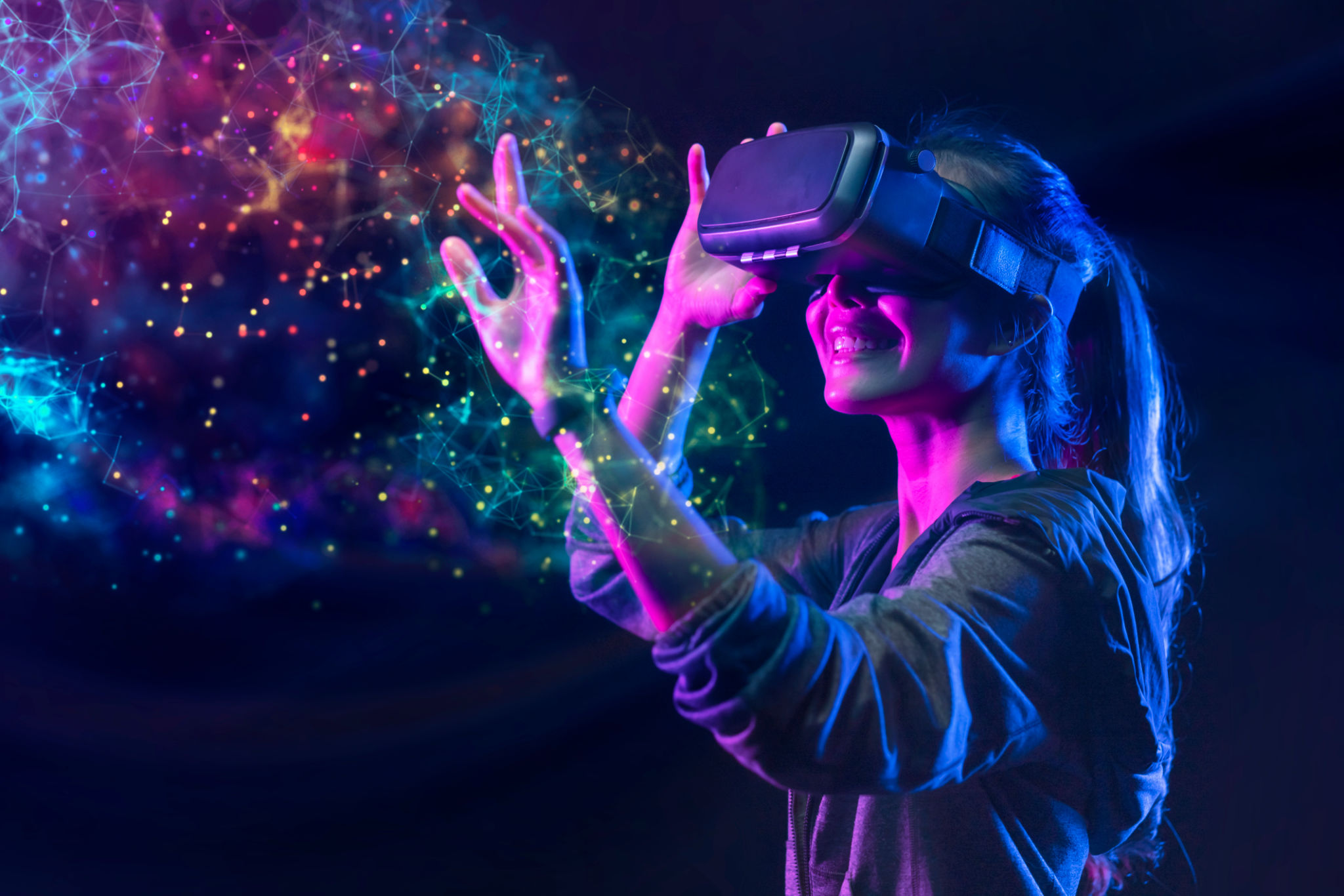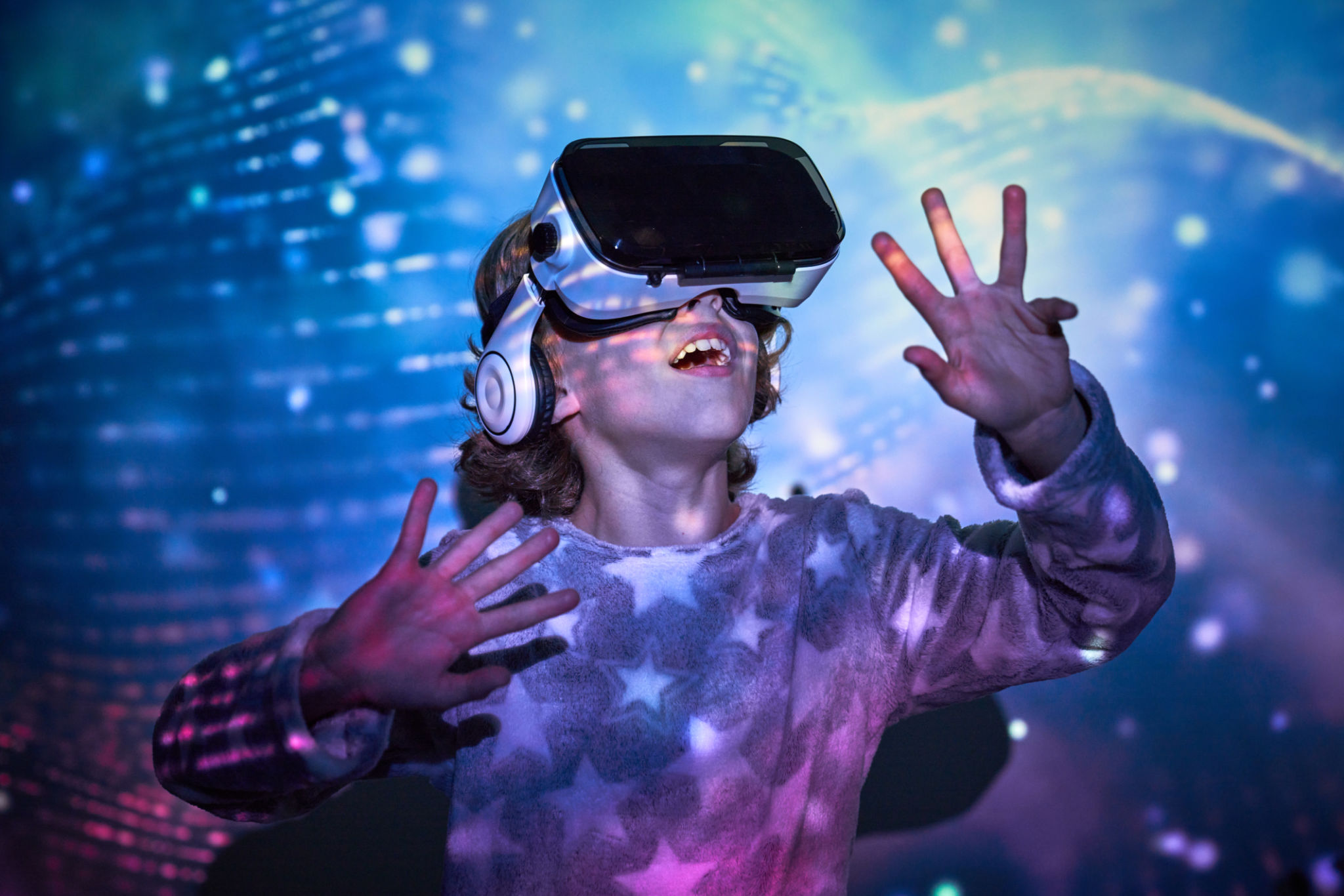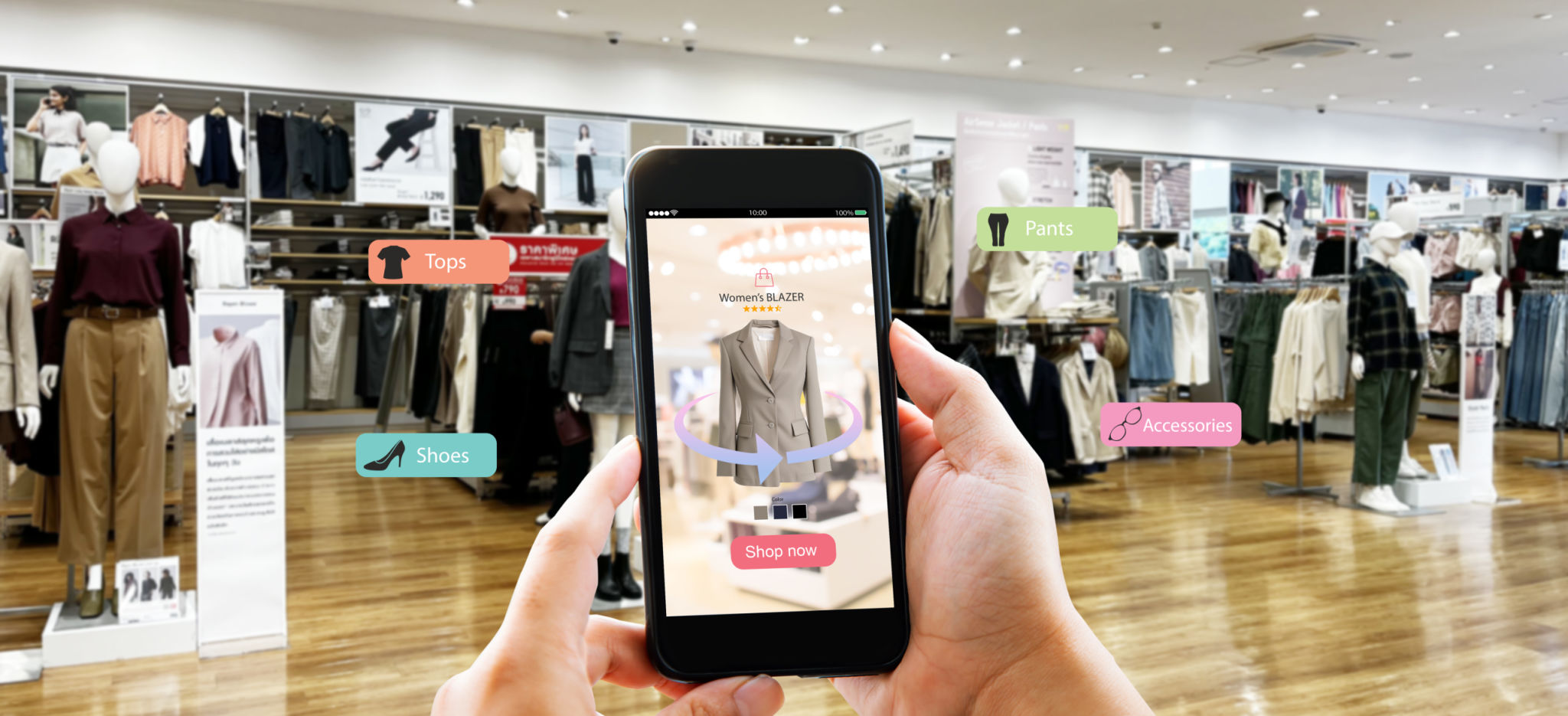Creating Immersive Experiences: The Benefits of AR and 360 Videos for Your Brand
The Rise of Immersive Technologies
In the ever-evolving world of digital marketing, staying ahead of the curve is essential. One of the most exciting developments in recent years has been the rise of immersive technologies like Augmented Reality (AR) and 360-degree videos. These tools allow brands to create experiences that engage customers in ways traditional media simply cannot match.

Enhancing User Engagement
AR and 360 videos offer a unique way to capture attention and keep audiences engaged. By immersing users in a virtual environment, these technologies provide a novel and interactive experience. This heightened level of engagement can lead to increased brand loyalty and stronger customer connections.
With AR, users can interact with digital elements overlaid in their real-world environment. This technology can be used for everything from trying on clothes virtually to visualizing how new furniture might look in their living space. Such interactive experiences encourage users to spend more time with the brand, exploring its offerings in depth.
Creating Memorable Experiences
Memorability is another crucial benefit of using AR and 360 videos. When customers have an unforgettable experience with a brand, they're more likely to remember it and return for future interactions. Unlike static images or text, immersive content can evoke emotions and leave a lasting impression.

For instance, a 360-degree video tour of a travel destination can leave viewers feeling like they've already visited, making them more likely to book a trip. Similarly, AR applications in marketing campaigns can create buzz and excitement around new product launches.
Expanding Reach and Accessibility
These technologies also offer the advantage of expanding a brand's reach. AR applications and 360 videos can be accessed from anywhere, breaking down geographical barriers and allowing brands to connect with a global audience. Additionally, these tools can be integrated into social media platforms, further amplifying their reach and impact.
The accessibility of AR and 360 videos means that brands can engage with users who might not be able to visit a physical store or event. This inclusivity ensures that more people can interact with the brand on their terms.

Driving Innovation and Differentiation
Incorporating AR and 360 videos into marketing strategies not only showcases a brand's commitment to innovation but also sets it apart from competitors. As more companies adopt these technologies, it's becoming increasingly important for brands to differentiate themselves through creative applications.
This can be achieved by developing unique content that highlights a brand's values or products in an unexpected way. By being an early adopter of these technologies, brands can position themselves as leaders in innovation within their industry.
Implementing AR and 360 Videos
Starting with AR and 360 videos may seem daunting, but it doesn't have to be. Here are some steps to consider:
- Define your goals: Understand what you want to achieve with these technologies.
- Select the right platform: Choose platforms that align with your target audience.
- Create quality content: Invest in developing high-quality, engaging content.
- Monitor performance: Track engagement metrics to refine your strategies.
By strategically implementing these tools, brands can create immersive experiences that captivate audiences and drive meaningful engagement.